SKOWHEGAN — Hope Douglas urges people not to believe those who say if you find a bird that has fallen out of its nest and place it back in the nest, its mother will pay no attention to it.
“That is a myth,” Douglas said. “That’s not true.”
Douglas should know. She is the founder of Wind Over Wings, a nonprofit organization based in Dresden that cares for birds unable to survive in the wild. She goes around to schools, libraries, clubs, senior centers, places of worship and cancer centers to teach children and adults about birds and how to protect them.
On Saturday, Douglas and Sue Barker, a volunteer and member of Wind Over Wings’ board of directors, took a great horned owl, a raven, two American kestrels and a cockatoo to the Skowhegan Community Center and introduced them to about 50 adults and children.
The event was sponsored by Somerset Woods Trustees, a private nonprofit corporation that protects land with significant natural or cultural resources and manages it in a way that is sustainable, for the benefit of the public.
Douglas, wearing a thick glove, maneuvered Queen Soloman, a 4-pound brown, tan and white great horned owl out of its wooden box and held it high for everyone to see.
The owl, which she nicknamed Sollie, had been sleeping in the box. It stared out at the audience with large, piercing eyes.
Douglas said the 19-year-old owl had been with her since it was 8 weeks old. It had fallen out of its nest and a woman brought it into her home instead of placing it back in the nest, which would have been the proper thing to do, Douglas said. If the nest is out of reach, a fallen bird should be placed in a plastic hanging basket and hung from a tree and its mother will care for it, according to Douglas.
“She fed the bird bread for eight weeks,” Douglas said. “Bread’s not good for any wildlife. It’s empty calories. Grain would have been better, seeds. This is a predator. Every single day that owl looked into the eyes of the lady. It is a human-imprinted bird. She didn’t learn what she should be eating, she didn’t learn how to hunt for it, she didn’t learn where to go on a winter night. When she looks at you, she is completely calm because she is among her family.”
The owl could not go back to its natural habitat, according to Douglas.
“This bird doesn’t know how to survive in the wild,” she said.
The owl now is fed rats and mice that have been frozen and thawed, she said. The largest owl in Maine, the great horned owl has ears on the sides of its head and gets its name from the feathered tuft on top of its head, Douglas said.
“They hunt by hearing. Their hearing is so exquisite, she could hear the heartbeat of a mole under the ground.”
The owl’s eyesight also is keen.
“She can do something we can’t do,” Douglas said. “She can turn her head 270 degrees.”
The owl also has 7,000 feathers and flies silently, which is an advantage to hunting her prey, according to Douglas.
“Sollie, please flap your wings,” she said, and the owl flapped her giant wings into a 4.5-foot spread, to the audience’s astonishment.
The bird looked heavier than 4 pounds, but Douglas explained that its bones are hollow. Owls, she said, see shades of gray.
“They do see color, but their color acuity is with shades of gray. Most birds see ultraviolet.”
Otis Richards, 8, listened, wide-eyed, to the presentation.
The Madison Elementary School third-grader sat in the second row with his parents, Darren Richard and Lori Knowlton.
Fascinated by the birds, Otis said he thought the presentation was “cool.”
“I didn’t know that the raven was the smartest — I thought crows were — and I didn’t know they were similar to each other,” he said. “The owl was big, and I thought that those horns were ears.”
His father, a veterinarian at Madison Animal Hospital, said he learned about Saturday’s event from Tim Curtis, Madison town manager.
“I liked it. it was really good, interesting,” he said.
Knowlton also enjoyed the presentation, she said.
“I thought it was wonderful. What I learned was the differences in sound between the owl and raven.”
She was referring to Barker and Douglas showing the audience a feather from an owl and one from a raven and swiping them through the air. While the raven wing made a swooping sound, the owl’s made no sound.
Douglas founded Wind Over Wings 27 years ago. Sometimes Avian Haven, a bird rehabilitation center in Freedom, gives her birds that are not able to be released in the wild.
Barker removed a male and then a female American kestrel from their box. The male, Aidan, was more colorful than the female, Kai.
Aidan either flew into a window or was struck by a vehicle, which severely damaged its eyesight, according to Barker.
“He has lost all of his vision in one eye and one-half in the other eye,” she said.
To help prevent birds from flying into windows, people can erect something in the window that looks like a cobweb, as they are sticky and birds avoid them, she said.
“If they see something that looks like a cobweb, they’ll fly around it,” she said.
She added that people can hang something up that moves, such as colored chicken feathers.
“You can hang up CDs — anything that moves gently in the wind.”
A decal, such as that of a butterfly, on the outside of the window, also will work.
“When we look at it, we see a butterfly; when birds see it, they see ultraviolet light. They see something that is blue and they fly around it. The kestrel is a bit endangered because we have been taking down their habitat. They nest in holes in trees and land trusts are great at keeping their habitat intact. They need these trees whole.”
Falcons can fly but they also can hover, like a helicopter, she said. They have dark lines on their faces, as football players do, to keep the glare out of their eyes, and black dots on the backs of their heads that sometimes fool other birds into thinking they are watching them.
The female falcon, Kai, is about a third larger than the male and cannot fly because it was hit by a vehicle that damaged her wings, according to Douglas. A healthy American kestrel can dive down at more than 200 mph, she said.
With habitat at risk, people can build a kestrel nest box with an 8-foot-pine board by cutting it according to instructions available on the website, Barker said.
“It really is a worthwhile project,” she said.
Kestrels, the smallest falcons, are cavity dwellers and live in holes in dead trees and like open areas where they can hunt for butterflies and crickets, she said.
The women brought out a common raven named Zachariah, which cawed like a crow except with a more guttural, throaty sound. When it displayed its 3-foot wingspan, the audience gasped. The bird had fallen out of its nest as a baby and two of its wing bones would not mend, Barker said.
“Zachariah’s mouth is open because he’s hot,” Douglas said. “All birds pant like a dog.”
The common raven, Barker said, is a bright bird.
“They’re really smart, oftentimes considered the smartest bird on the planet,” she said.
The women told the audience ways to help protect wildlife, including making sure to cut up fish line and plastic rings from beverage six-packs, as they can fly off trucks, get caught in trees and ensnare wildlife. Yogurt containers with narrow openings also should be cut and beverage cans disposed of properly, as they can break down and be sharp. Such items take hundreds of years to disintegrate, they said. Plastic shopping bags also should be tied into knots before being recycled, as they get into rivers and the ocean and look like jellyfish, so sea creatures think they are food and eat them, Barker said.
Eric Lahti, a member of the Somerset Woods Trustees board of directors, and Nancy Williams, the organization’s executive director, were on hand for the presentation.
Lahti said the land trust has about 1,000 acres, mostly in Skowhegan and Madison, and most are for public use.
The organization sponsors events annually. The next one is a paddle on the west branch of Wesserunsett Stream where it crosses Route 150 in Skowhegan. Participants will see aquatic wildlife and marsh birds at the event, whose launch will be held at 9:30 a.m. May 22. More information is available at somersetwoodstrustees.org.
Amy Calder — 861-9247
Twitter: @AmyCalder17
Send questions/comments to the editors.


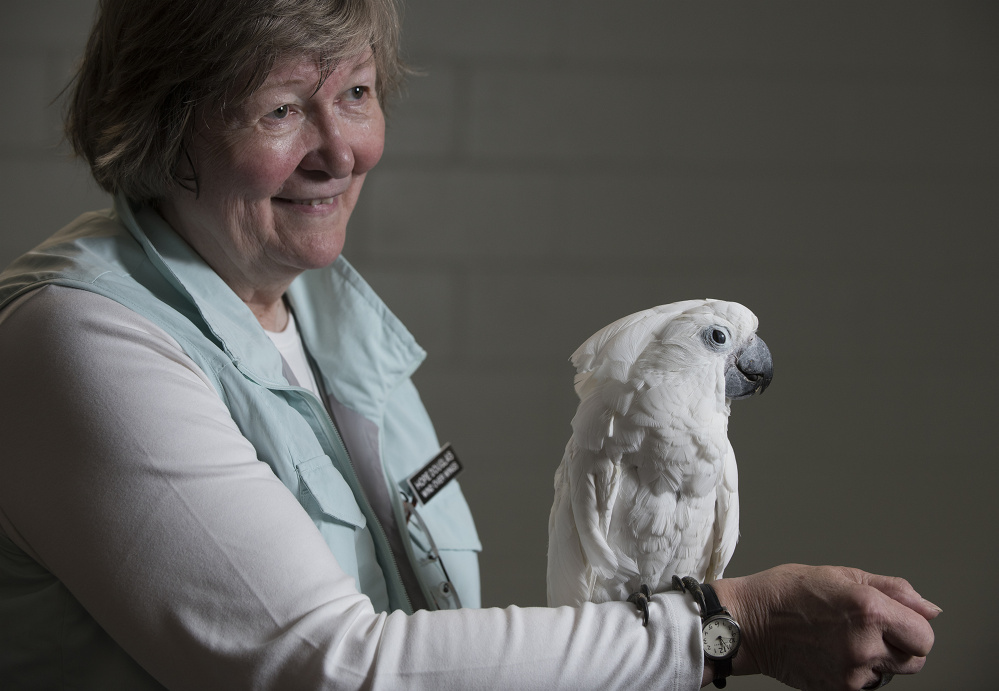
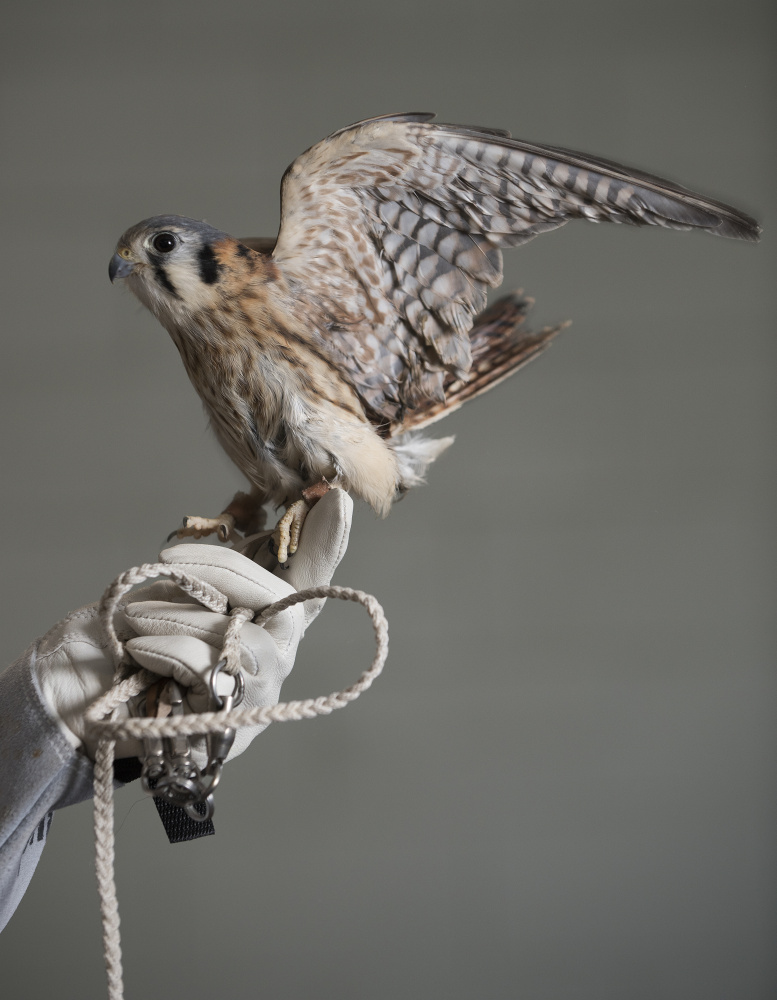
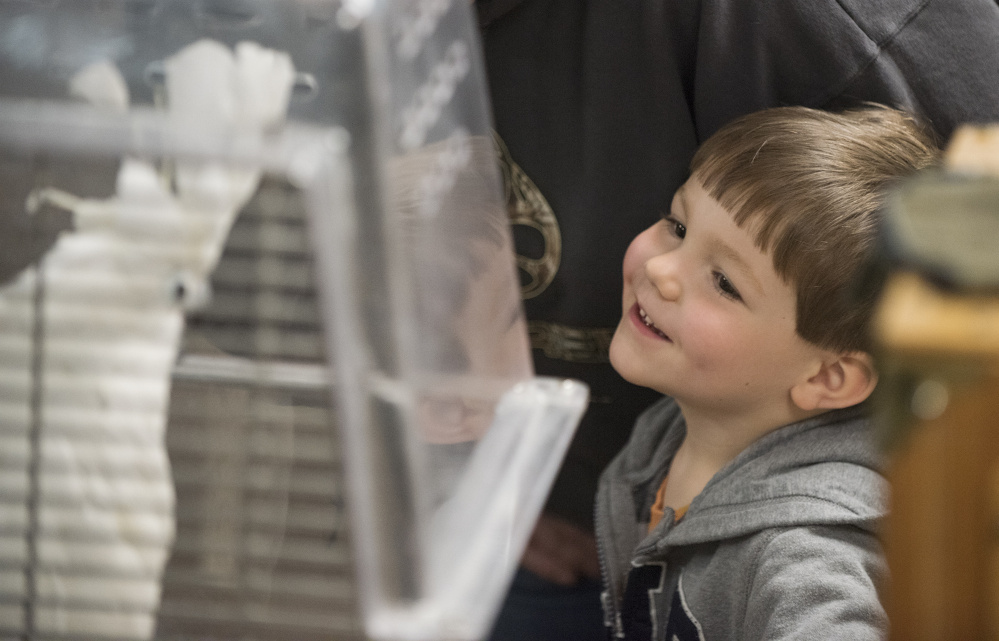
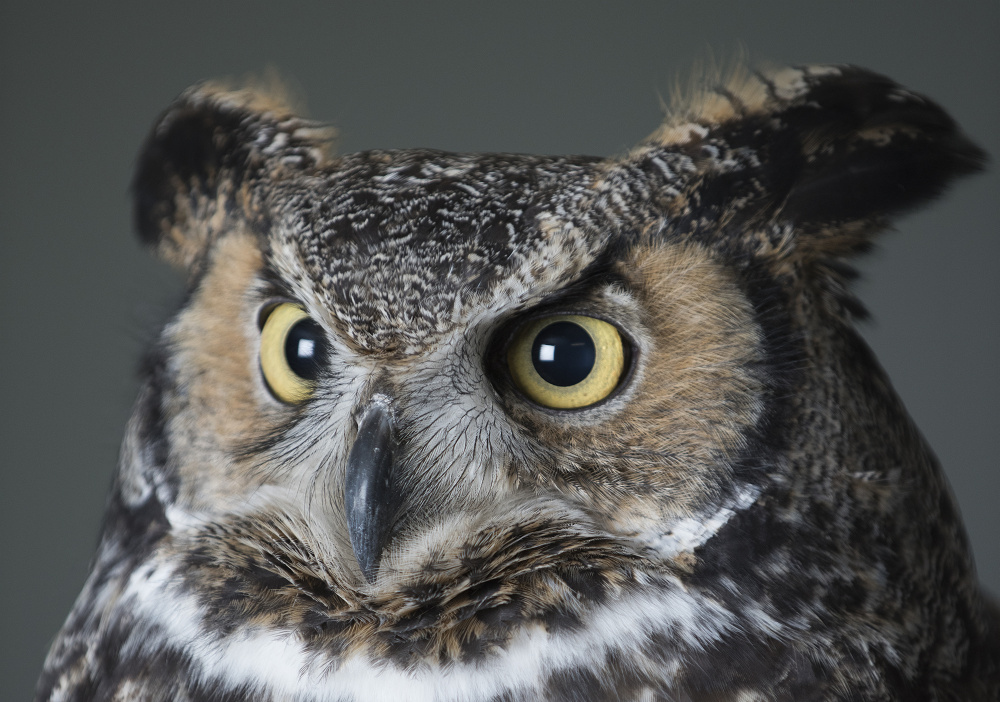
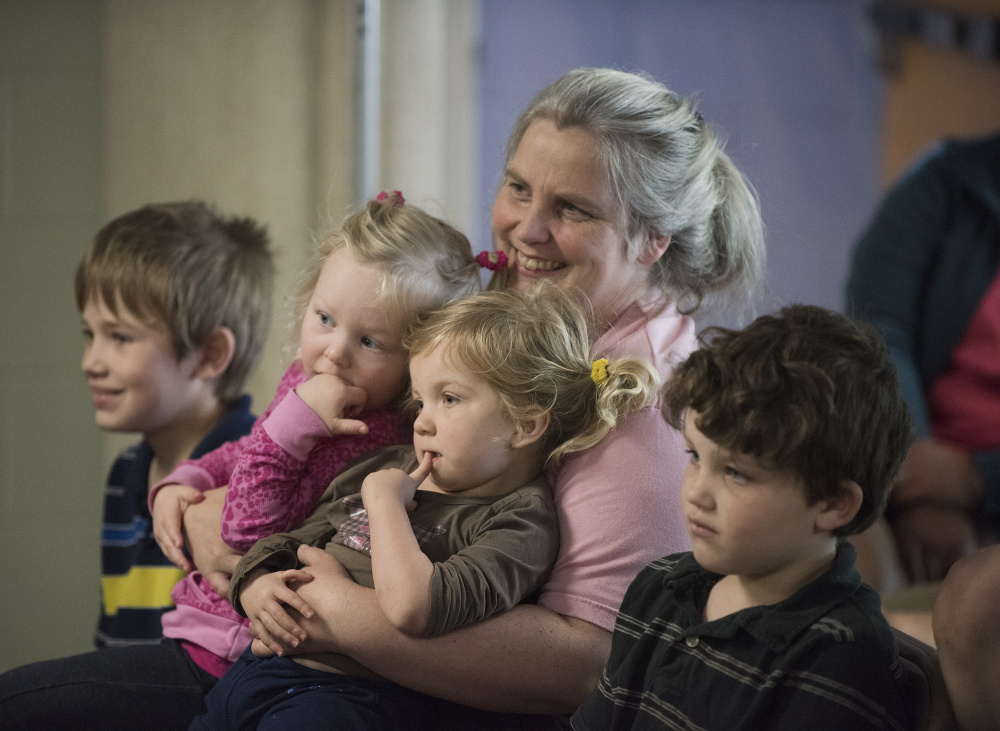
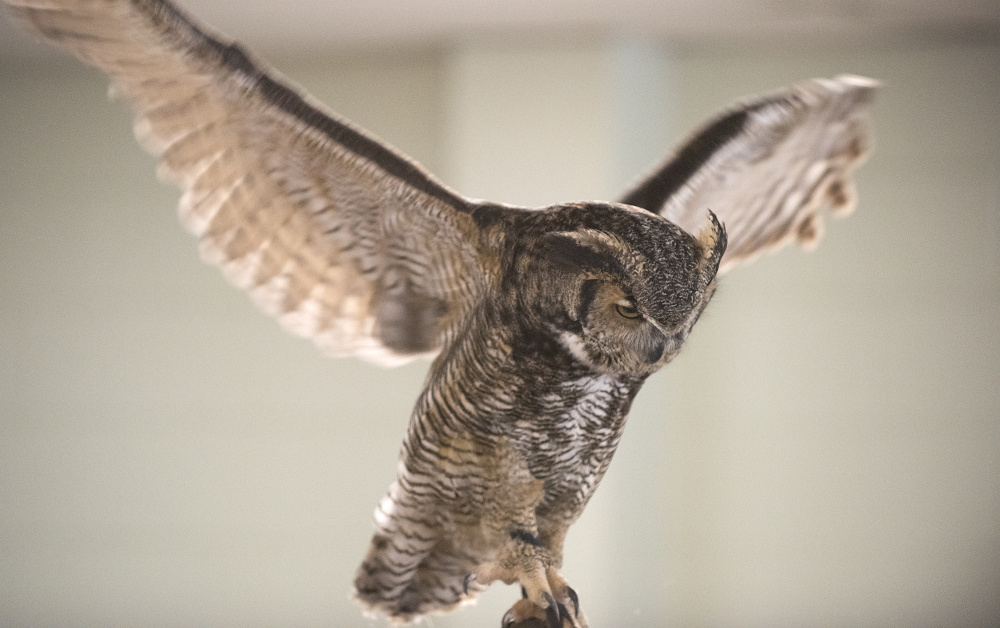
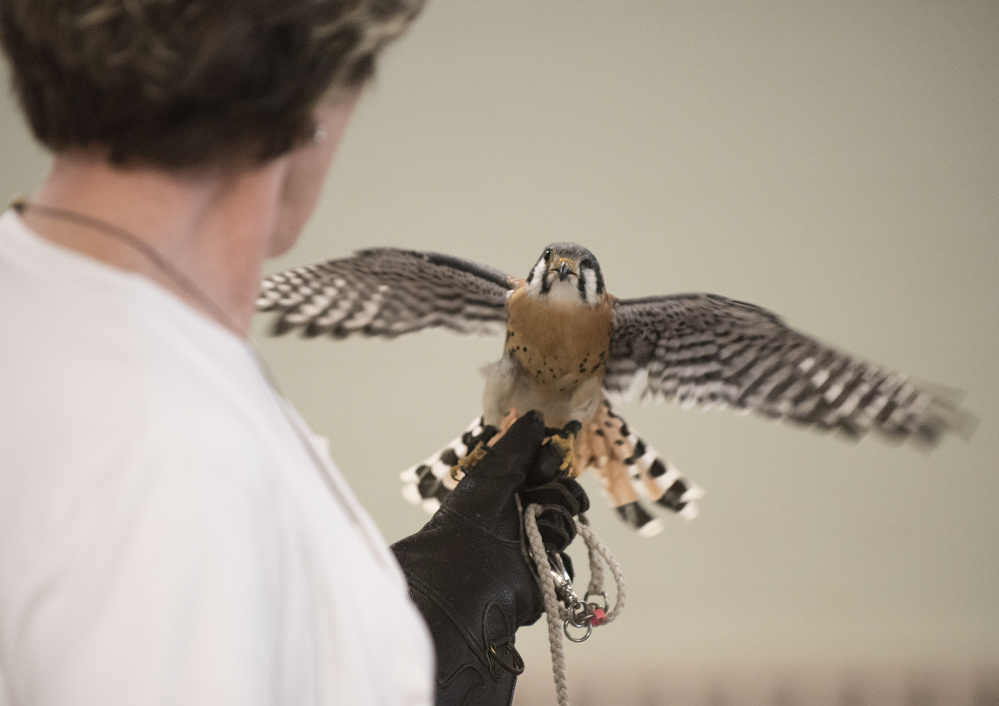
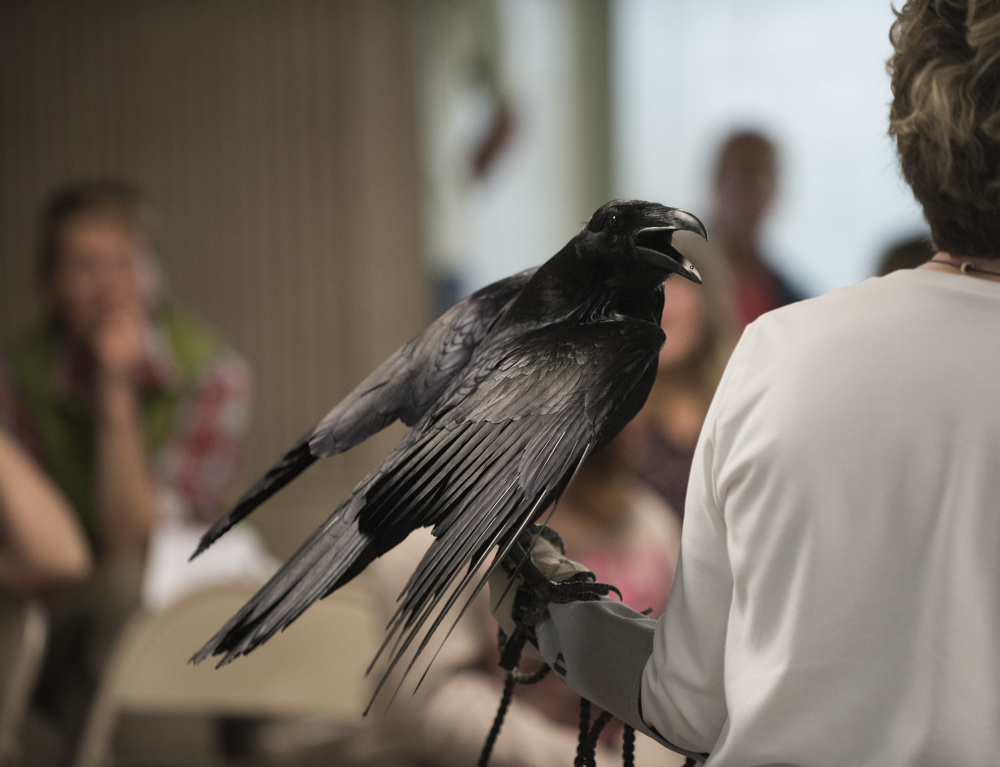
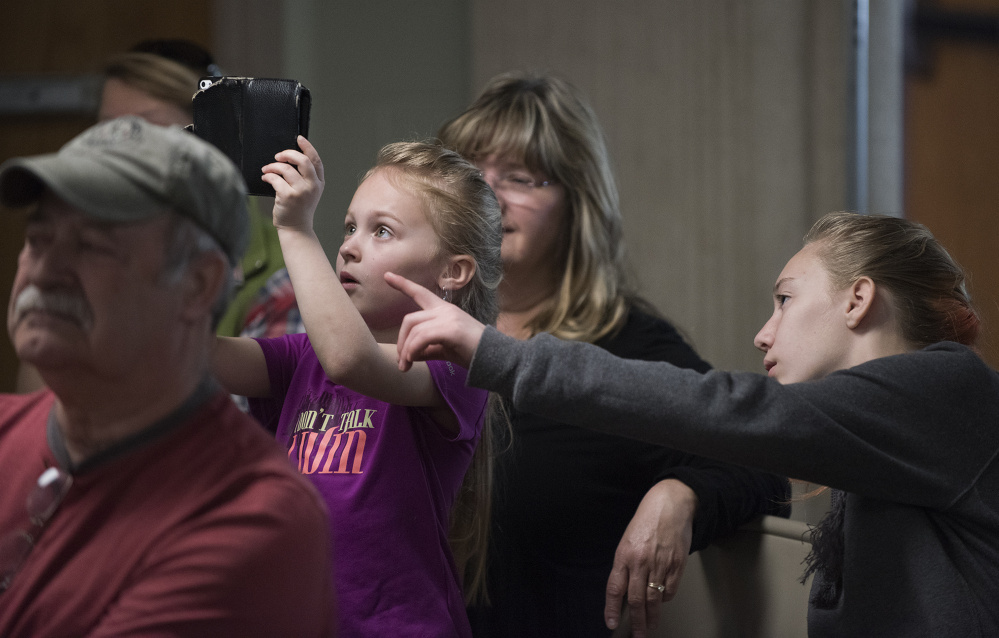

Success. Please wait for the page to reload. If the page does not reload within 5 seconds, please refresh the page.
Enter your email and password to access comments.
Hi, to comment on stories you must . This profile is in addition to your subscription and website login.
Already have a commenting profile? .
Invalid username/password.
Please check your email to confirm and complete your registration.
Only subscribers are eligible to post comments. Please subscribe or login first for digital access. Here’s why.
Use the form below to reset your password. When you've submitted your account email, we will send an email with a reset code.